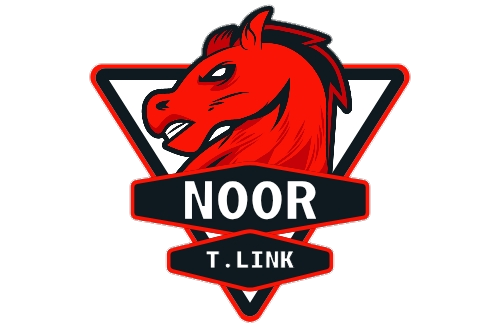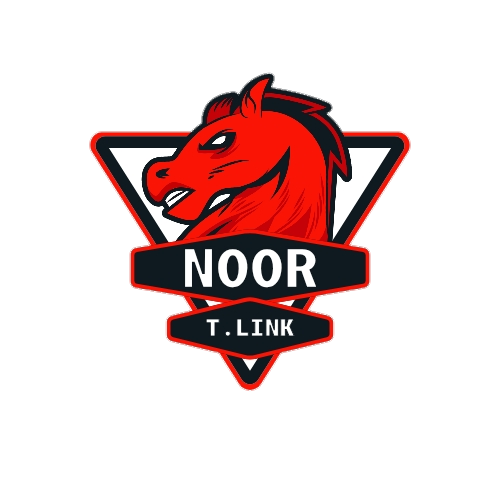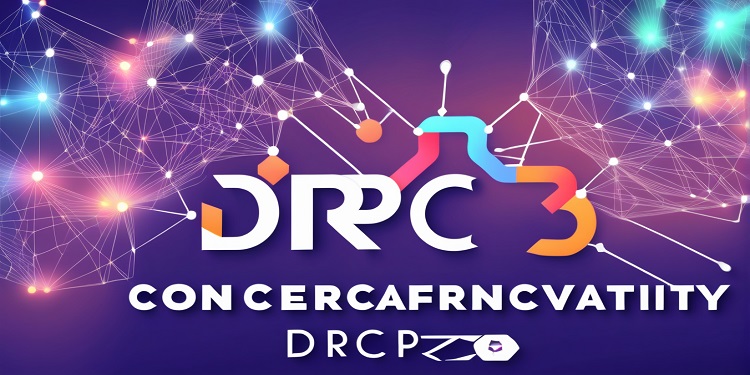Constantine Zaitcev, currently serving as the Chief Executive Officer at dRPC.org, is spearheading efforts to build a more resilient and efficient Web3 ecosystem through the introduction of a new infrastructure model. The platform, described as a next-generation Web3 infrastructure and data service, integrates the strengths of distributed systems with a user-focused design and comprehensive support mechanisms.
At the heart of this effort lies dRPC, short for decentralized Remote Procedure Call, a protocol developed to enable secure, decentralized communication between blockchain networks and decentralized applications (dApps). The solution was conceptualized to address existing limitations in traditional RPC systems, which typically rely on centralized servers to relay requests from dApps to blockchain nodes. This centralization can create vulnerabilities, as it introduces single points of failure and potential risks related to performance bottlenecks or service outages.
The dRPC protocol takes a fundamentally different approach by distributing RPC infrastructure across multiple nodes. This distributed setup ensures that dApps maintain uninterrupted access to blockchain services, even in scenarios where certain nodes go offline or become unavailable. The structure reinforces the overall resilience of blockchain ecosystems by reducing their dependency on centralized intermediaries.
One of the protocol’s core features is its ability to facilitate intelligent node discovery, dynamic load balancing, and automated failover mechanisms. These capabilities enable decentralized applications to select the most optimal nodes for their operations in real time, based on factors such as latency, node health, and availability. This dynamic routing not only improves performance but also ensures more stable and consistent interactions with blockchain networks.
Security has been positioned as a central pillar of the dRPC infrastructure. The protocol includes integrated features for encryption and authentication, aiming to safeguard the integrity and confidentiality of data exchanged between dApps and blockchain nodes. It also utilizes decentralized identity frameworks and modern cryptographic techniques to ensure that only verified users or services can access sensitive blockchain functions. These measures significantly enhance the trustworthiness of the communication layer between applications and blockchain infrastructure.
Another notable strength of the dRPC ecosystem is its commitment to interoperability. The system is designed to support multiple blockchain protocols and can be integrated seamlessly with a wide range of dApp development environments. This compatibility enables developers to build applications that interact with multiple chains through a unified interface, paving the way for more efficient and versatile cross-chain solutions.
In essence, dRPC delivers a decentralized, secure, and scalable framework for dApp-to-blockchain communication. By removing centralized bottlenecks and embedding high levels of redundancy and fault tolerance, the platform is playing a critical role in promoting the sustainability and reliability of decentralized applications. The infrastructure not only enhances user experience but also establishes a solid foundation for building more advanced Web3 services.
Through this innovative protocol, dRPC.org is contributing to the evolution of Web3 by strengthening its technical underpinnings and setting new standards for decentralized connectivity. The combination of distributed architecture, robust security, and developer-friendly design makes it a promising tool for advancing the next era of blockchain-based applications.



